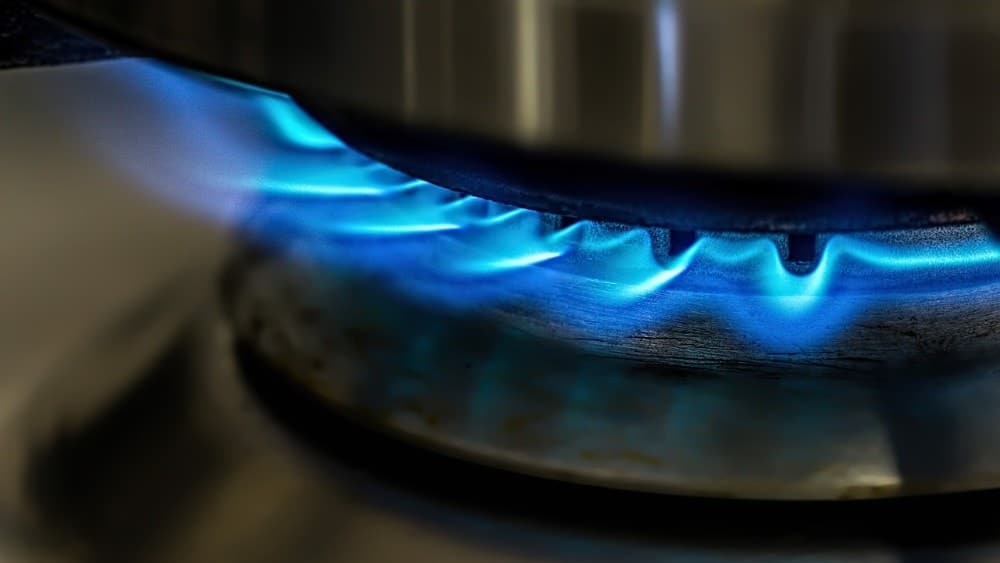Cleaning brewing equipment might not sound thrilling, but it’s one of the most crucial steps in creating great beer. I’ve learned that neglecting this part can lead to off-flavors and spoilage, ruining all the hard work I put into brewing. Whether you’re a seasoned brewer or just starting out, knowing how to clean your gear properly can make all the difference.
Importance of Cleaning Brewing Equipment
Cleaning brewing equipment is crucial in the beer-making process. Properly maintained tools prevent issues that can spoil your hard work and passion.
Avoiding Contamination
I recognize that contamination remains one of the biggest threats to brewing. Bacteria and wild yeast can easily infiltrate unclean equipment, leading to off-flavors or spoilage. Regularly cleaning fermentation vessels, tools, and hoses eliminates residue and prevents pathogens from compromising your beer. Utilize brushes and sanitizers specifically designed for brewing to ensure all surfaces are spotless. This proactive approach guarantees that you maintain complete control over the fermentation environment.
Enhancing Flavor and Quality
I’ve seen firsthand how effective cleaning elevates the flavor and overall quality of beer. Residuals from previous brews can impart unwanted flavors, impacting the final product. By ensuring all equipment is free from any remnants, you allow the true character of the ingredients to shine. Clean glassware enhances the aroma and appearance, too. Employing a consistent cleaning regimen builds a foundation for exceptional brews, providing a enjoyable drinking experience for you and your friends.

Essential Cleaning Supplies
Clean brewing equipment is crucial for producing high-quality beer. Having the right cleaning supplies makes this task efficient and effective.
Cleaning Solutions
I recommend using specialized brewing cleaners for effective residue removal. Look for non-chlorinated options when cleaning equipment like fermenters and kegs. These cleaners dissolve organic materials while being safe for various surfaces. For stubborn stains, a blend of baking soda and vinegar works wonders, providing a non-toxic alternative.
Brushes and Scrubbers
Using the right brushes and scrubbers is essential. I use long brushes for reaching the depths of carboys and fermenters, ensuring thorough cleaning. Soft-bristle brushes effectively clean delicate items without scratching surfaces. For tougher surfaces, stiff scrubbing pads or sponges help eliminate stubborn residue. Always have a variety of sizes on hand to tackle different equipment.
Sanitizers
Sanitizers are critical in preventing contamination. I prefer using iodophor or Star San as they’re effective and easy to use. These sanitizers require minimal time, ensuring equipment is quickly ready for brewing. Always follow the manufacturer’s instructions for dilution rates and contact times to ensure efficacy. A proper sanitization routine minimizes risks and helps maintain the integrity of my brews.
Steps to Clean Brewing Equipment Properly
Cleaning brewing equipment is essential for producing high-quality beer. It ensures the flavors and aromas remain true to the ingredients while preventing contamination.
Cleaning Fermenters
Cleaning fermenters requires a systematic approach. First, I always empty the fermenter by transferring any remaining beer into the keg or bottle. Next, I rinse the fermenter with warm water to remove any residue. After that, I apply a non-chlorinated brewing cleaner according to the manufacturer’s instructions, scrubbing the inside thoroughly with a long brush. I focus on the racking arm, gaskets, and any hard-to-reach areas. Once everything’s scrubbed, I rinse well with hot water. Finally, I sanitize the fermenter using iodophor or Star San, ensuring complete coverage and appropriate contact time before using it again.
Cleaning Kegs
Cleaning kegs involves removing any leftover beer and components. First, I disassemble the keg by taking out the dip tube and the lid. I rinse the keg with warm water to loosen any residue. Then, I use a non-chlorinated brewing cleaner to scrub the inside, emphasizing all connection points and the dip tube. After scrubbing, I rinse it out thoroughly and assemble the keg again. To ensure cleanliness, I fill the keg with a sanitizer solution, allowing it to sit for the recommended contact time. I empty the sanitizer, then I’m ready to fill it with fresh brew.
Cleaning Brew Pots
Cleaning brew pots starts with emptying any leftover wort or trub. I rinse the pot with hot water to remove any particles. I apply my preferred non-chlorinated cleaner, using a sponge or soft-bristle brush to scrub the pot’s interior, paying special attention to the base where residues tend to accumulate. After rinsing thoroughly with hot water, I sanitize the pot with iodophor or Star San, making sure to cover every surface. I let it air dry, ensuring no contaminants linger before my next brew day.
Maintaining Cleanliness After Use
Maintaining cleanliness after use ensures that every brewing session yields the best results. Consistent care for your equipment extends its life and upholds the flavor integrity of your brews.
Best Practices for Storage
- Rinse Immediately: Rinsing your brewing equipment right after use removes residual beer and sediment. It prevents stubborn stains from forming.
- Dry Thoroughly: Drying equipment prevents bacteria and mold buildup. I recommend air drying items upside down for thorough drying.
- Cover Equipment: Use clean cloths or lids to cover stored equipment. This keeps dust and contaminants out.
- Store in a Clean Area: Choose a dry, dedicated storage space for your brewing gear. Keeping it away from food items minimizes contamination risks.
Regular Maintenance Tips
- Inspect Regularly: Check all equipment for wear and tear. Replace worn parts like gaskets and seals, as they can harbor bacteria.
- Clean After Every Brew: Make it a routine to clean all equipment immediately after each brew day. Stale residues are breeding grounds for unwanted organisms.
- Test Your Cleaners: Ensure your cleaning solutions are effective. Regularly evaluate their performance and replace them if they show signs of ineffectiveness.
- Schedule Deep Cleanings: Plan for thorough cleaning sessions every few months. This includes kettles, fermenters, and any accessories. Remove buildup that regular cleaning might miss.
By implementing these practices, I ensure my equipment remains in top shape and my brews consistently taste their best.
Conclusion
Cleaning brewing equipment isn’t just a chore; it’s a crucial part of crafting great beer. By taking the time to properly clean and sanitize everything from fermenters to kegs, I can ensure my brews taste their absolute best. It’s all about preventing contamination and allowing the true flavors of my ingredients to shine through.
I’ve found that sticking to a regular cleaning routine makes a world of difference. Plus, with the right tools and techniques, it doesn’t have to be a daunting task. Keeping my gear in top shape not only enhances the quality of my beer but also makes the brewing process more enjoyable. Cheers to cleaner equipment and better brews!




